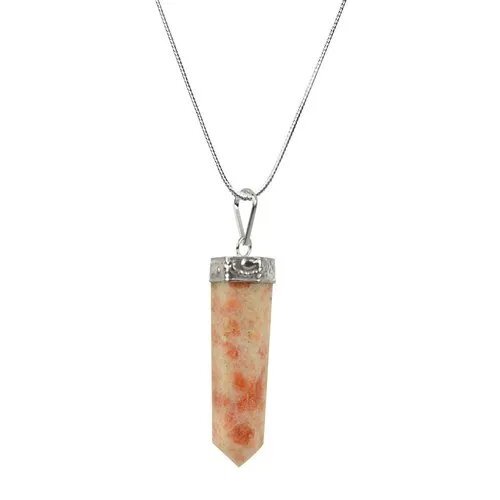Pgn Plate 4 Pc For Protection Of Home, Shop, Office
Product Details:
Product Description
A PGN plate is often associated with marbles or flooring in the context of Vastu Shastra and interior design. The term PGN typically refers to a type of material or pattern used in the manufacturing of tiles or flooring plates. However, in some cases, PGN could also be an acronym for a company name or product line associated with tiles and stones used in construction.
Here's a breakdown of possible uses and meanings:
1. PGN Plate in Vastu:
- Symbolic Energy: In Vastu Shastra, the placement of tiles or flooring materials plays a key role in the flow of energy within a space. Materials like PGN plates could be used for energy balancing, especially in the context of flooring, which is considered an important factor in grounding and stabilizing energy.
- Colors and Shapes: The choice of color and pattern for flooring (including PGN plates) can influence the elemental balance in a space. For example, light-colored plates could help create an atmosphere of peace and balance, while earthy tones might offer grounding energies.
2. PGN Plates in Construction and Interior Design:
In construction, PGN plates may refer to materials used for flooring in both residential and commercial spaces. They could be made from various materials like granite, marble, ceramic, or porcelain tiles. These plates are designed to provide a smooth, durable surface that complements interior decor.
- Durability: PGN plates, depending on their material, may be chosen for their resistance to wear and tear, ease of cleaning, and aesthetic appeal.
- Pattern and Design: In interior design, PGN plates may be selected for their unique patterns, which can range from traditional to modern looks. These designs can enhance the aesthetic beauty of a space.
3. PGN Plates in Flooring:
If PGN plates are related to flooring or tiles, they might be specific to a region or manufacturer, providing high-quality finishes in homes or commercial spaces.
- Patterns: These tiles could have intricate or geometric patterns that might also have symbolic meanings in Vastu, enhancing the flow of energy within a home or workspace.
- Material Composition: The material composition (whether stone, ceramic, or another durable substance) would be an important factor when selecting PGN plates for their longevity and suitability for the intended space.
4. PGN Plate in Relation to Feng Shui:
In Feng Shui, the choice of materials and patterns for floors and walls can impact the overall energy (Qi) within a space. Like Vastu, the use of materials such as PGN plates may need to be considered in terms of their elemental qualities (wood, fire, earth, metal, water) to create a harmonious environment.
If PGN plates are ceramic or stone, they could correspond to the earth element, which promotes stability and grounding.
5. Conclusion:
While the specific meaning of PGN plate may vary depending on context, if it is related to construction or flooring, it could refer to a type of durable, decorative material used in interior spaces. In the context of Vastu or Feng Shui, it is important to ensure that the design, material, and placement of PGN plates align with the principles of energy flow and harmony to create a balanced living or working environment. If you are looking for specific uses related to marble, granite, or stone in Vastu, it would be important to select materials that foster positive energy and well-being.





